Passive water efficiency measures
Contents |
[edit] Introduction
Passive water efficiency measures are those which require no behaviour change by the user.
[edit] Handbasins
- Water Saving Taps (efficient versions are as low as 1.7 L/min) are often the same price as less efficient models.
- Appropriate sink sizing. If a sink does not need to be completely filled to use it, then a smaller sink could be specified.
- Foam soap requires little water to remove, and generally means less soap and water are used providing further cost saving.
[edit] Low flow toilets
- Toilets are typically the largest water user in non-residential developments, allowing significant savings to be made.
- Modern standard cisterns have a volume of 6L. Efficient designs can bring the average flush volume down to 3L.
- Siphon mechanism. Low flush (4.5L) versions are available, but they are slow to refill the cistern and are only available in single flush.
- Drop valve mechanism. Allows quick cistern refill (good for high frequency use) but the valve will eventually leak, and it is not as robust as the siphon. It may also require maintenance to remove scale deposits.
- Delayed action inlet valve. This prevents water flowing into the cistern before the flush is complete.
- Interruptible flush. The user stops the flush by releasing the lever when the pan is clear.
- Composting. A tank or chamber is installed below the toilet bowl to collect waste. Liquid waste can be collected separately, diluted and used as fertiliser for trees and flowers. The solid waste can be collected after 6months to a year and used as compost.
- Vacuum. These use air rather than water to flush, and can be used where gravity drainage is problematic. Some designs combine an air and water flush.
[edit] Urinals
Urinals are often set to flush regardless of use, typically 3 times an hour. A number of devices can be used to control flush frequency:
- Hydraulic valve. This can be fitted to the inlet pipework of the urinal system. When water is used elsewhere in the washroom, the pressure decreases temporarily, the valve opens, and allows a pre-set volume of water to pass into the cistern. When the cistern is full, an auto-siphon will discharge and flush the urinal.
- Passive infrared (PIR) sensor. This can be installed in the washroom to detect use of the urinal system. The sensor controls a solenoid valve which allows a pre-set volume of water to pass into the cistern. When the cistern is full, an auto-siphon will discharge and flush the urinal. A PIR sensor can be battery operated. Out-of-hours it can be set to deliver a 'hygiene flush'.
- Manual shut-off. If usage hours are predictable, a single valve can be installed in the pipework supplying the washroom. This can be closed manually each day.
- A timer can be installed so that the water supply is shut off during periods of non-use. This is a more flexible and reliable alternative to manual shut-off.
- Waterless urinals. Can work effectively with the correct maintenance regime. There are three main types:
- Siphonic Trap. These contain a barrier fluid which the urine passes through.
- Deodorising pad / biological cartridge are fitted to break down bio-film.
- Air-flush. Individual traps are replaced by a single trap at the drain end. A low wattage DC fan provides airflow down the bowl to prevent odour. There are no chemicals and they are easy to clean.
[edit] Water Efficient Appliances
Typical washing machines use >50 L/cycle, and dishwashers >15L/cycle. Efficient versions use much less (40L/cycle and 10L/cycle), and modern washing machines often have a 'half load' cycle or intelligent monitoring to only use as much water as needed.
NB Passive water efficiency measures may qualify for tax allowances under the ECA Water Scheme.
[edit] Related articles on Designing Buildings Wiki
- Approved document G.
- Blackwater.
- ECA Water Scheme.
- Flood and water management act.
- Greywater.
- Marine energy and hydropower.
- Passive building design.
- Passivhaus.
- Rain garden.
- Rainwater harvesting.
- Sanitary accommodation.
- Sanitaryware.
- Sustainable urban drainage systems.
- Sustainable water.
- The State of the Environment: Water Resources.
- Types of water.
- Water consumption.
- Water engineering.
Featured articles and news
Licensing construction in the UK
As the latest report and proposal to licence builders reaches Parliament.
Building Safety Alliance golden thread guidance
Extensive excel checklist of information with guidance document freely accessible.
Fair Payment Code and other payment initiatives
For fair and late payments, need to work together to add value.
Pre-planning delivery programmes and delay penalties
Proposed for housebuilders in government reform: Speeding Up Build Out.
High street health: converting a building for healthcare uses
The benefits of health centres acting as new anchor sites in the high street.
The Remarkable Pinwill Sisters: from ‘lady woodcarvers’ to professionals. Book review.
Skills gap and investment returns on apprenticeships
ECA welcomes new reports from JTL Training and The Electrotechnical Skills Partnership.
Committee report criticises UK retrofit schemes
CIOB responds to UK’s Energy Security and Net Zero Committee report.
Design and construction industry podcasts
Professional development, practice, the pandemic, platforms and podcasts. Have we missed anything?
C20 Society; Buildings at Risk List 2025
10 more buildings published with updates on the past decade of buildings featured.
Boiler Upgrade Scheme and certifications consultation
Summary of government consultation, closing 11 June 2025.
Deputy editor of AT, Tim Fraser, discusses the newly formed society with its current chair, Chris Halligan MCIAT.
Barratt Lo-E passivhaus standard homes planned enmasse
With an initial 728 Lo-E homes across two sites and many more planned for the future.
Government urged to uphold Warm Homes commitment
ECA and industry bodies write to Government concerning its 13.2 billion Warm Homes manifesto commitment.
From project managers to rising stars, sustainability pioneers and more.
Places of Worship in Britain and Ireland, 1929-1990. Book review.
The emancipation of women in art.












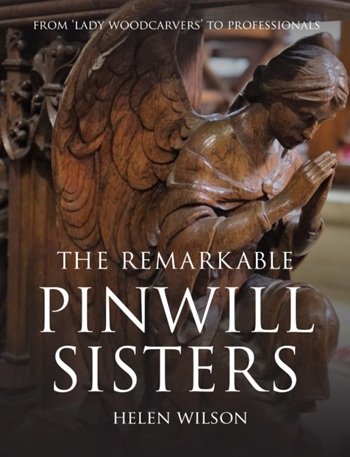

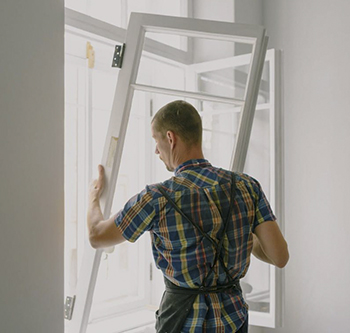

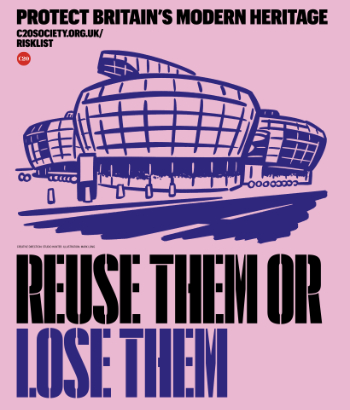
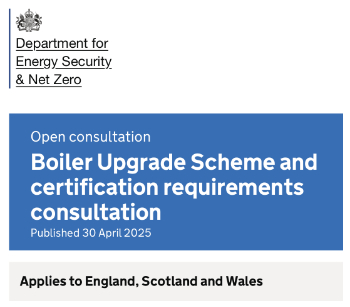
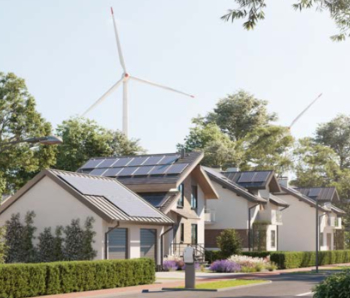
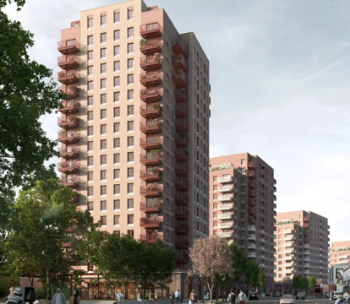

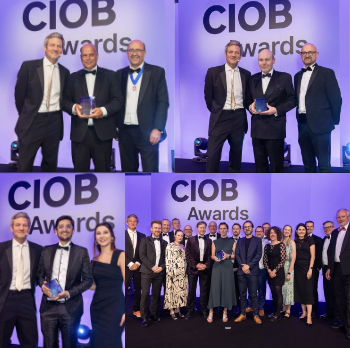

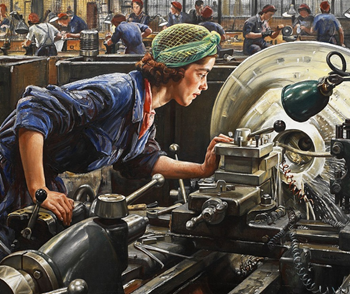
Comments
To start a discussion about this article, click 'Add a comment' above and add your thoughts to this discussion page.